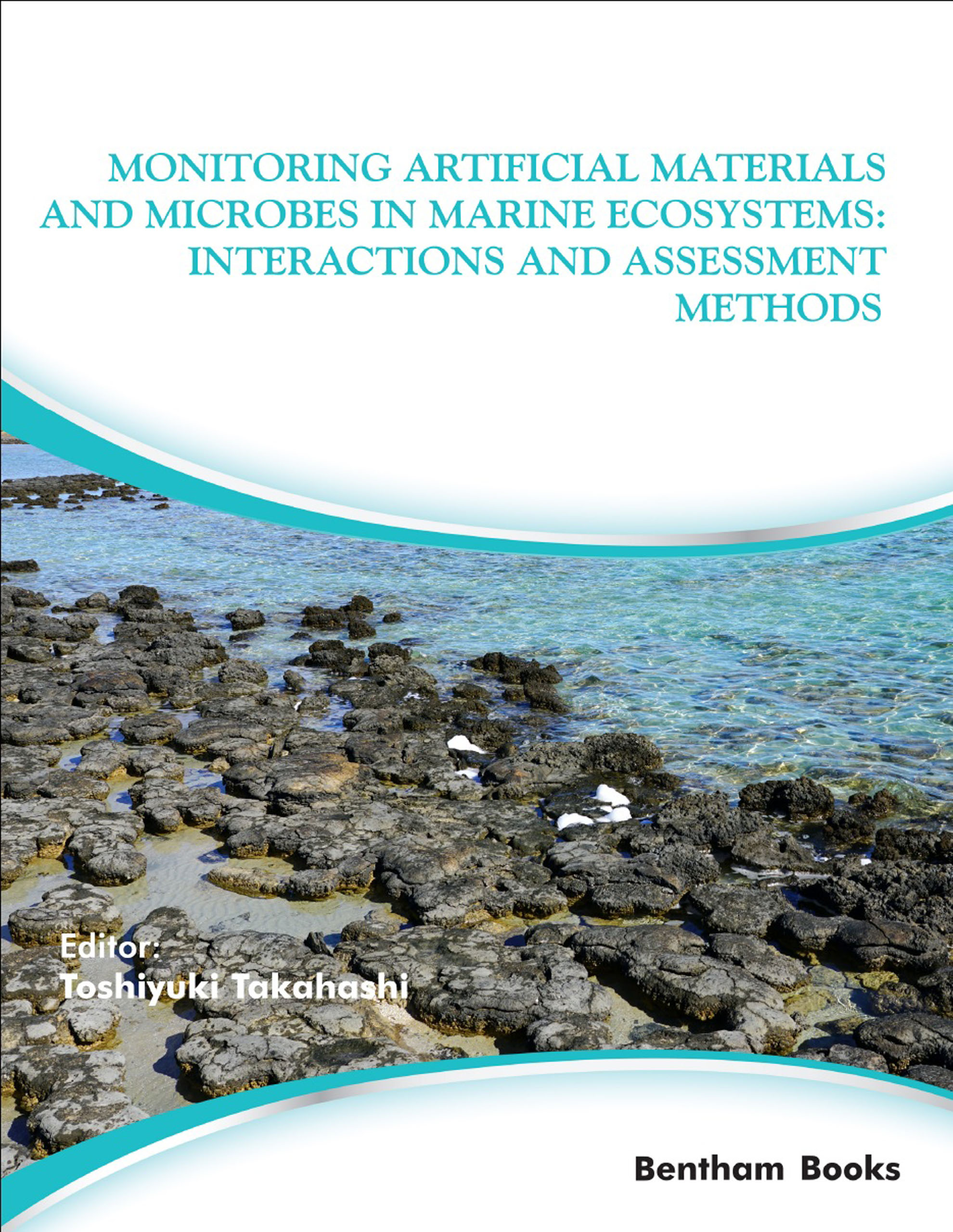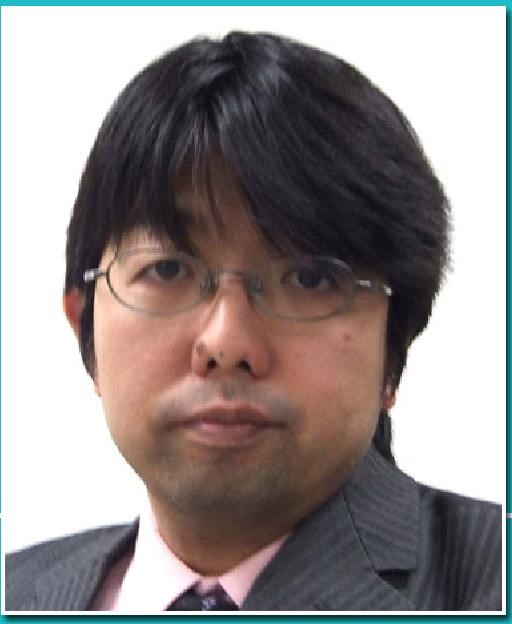
Monitoring Artificial Materials and Microbes in Marine Ecosystems: Interactions and Assessment Methods
Marine ecosystems offer several benefits to human communities. To make sustainable use of these benefits, it is necessary to elucidate and conserve marine ecology, and strive to maintain a sustainable natural resource management program. For this reason, understanding the diversity and behavior of both macro-ecosystems and micro-ecosystems are crucial. Monitoring Artificial Materials and Microbes in Marine Ecosystems explores microbial roles and their interaction with artificial materials in marine environments. After starting with simple topics for beginners, chapters explore methods to detect microorganisms in marine ecosystems and interactions of marine organisms with artificial materials. The sequential progression into advanced topics makes it easier to understand how to solve the reduction in marine-ecosystem viability caused by adverse events. Readers are provided with useful information for rehabilitating marine environments to make them sustainable for communities. Topics are covered in 3 parts: Part 1 is an introductory guide to marine ecosystems and environmental monitoring assessment. Readers are introduced to coral reef ecosystems, algal blooms and the role of environmental monitoring services in maintaining and restoring the quality of marine environments. This is followed by examples of sustainable marine environment assessment.Part 2 provides information about methods to detect microorganisms (viruses and bacteria) and evaluate marine environments. This includes sample enrichment methods, electrochemical analysis, and single cell imaging techniques. The highly sensitive and specific techniques presented in the book, are applicable in a wide variety of situations.Part 3 is dedicated to interactions between artificial metallic materials and microorganisms in marine environments. Chapters in this section share results from several experiments conducted to separate microorganisms and biofilms from such environments. This book is intended primarily for marine ecologists, microbiologists, environmental engineers, and engineers associated with industrial projects. This book is also useful as a text for undergraduate and graduate level courses in marine biology, ecology, and microbiology. Marine ecosystems offer several benefits to human communities. To make sustainable use of these benefits, it is necessary to elucidate and conserve marine ecology, and strive to maintain a sustainable natural resource management program. For this reason, understanding the diversity and behavior of both macro-ecosystems and micro-ecosystems are crucial. Monitoring Artificial Materials and Microbes in Marine Ecosystems explores microbial roles and their interaction with artificial materials in marine environments. After starting with simple topics for beginners, chapters explore methods to detect microorganisms in marine ecosystems and interactions of marine organisms with artificial materials. The sequential progression into advanced topics makes it easier to understand how to solve the reduction in marine-ecosystem viability caused by adverse events. Readers are provided with useful information for rehabilitating marine environments to make them sustainable for communities. Topics are covered in 3 parts: Part 1 is an introductory guide to marine ecosystems and environmental monitoring assessment. Readers are introduced to coral reef ecosystems, algal blooms and the role of environmental monitoring services in maintaining and restoring the quality of marine environments. This is followed by examples of sustainable marine environment assessment.Part 2 provides information about methods to detect microorganisms (viruses and bacteria) and evaluate marine environments. This includes sample enrichment methods, electrochemical analysis, and single cell imaging techniques. The highly sensitive and specific techniques presented in the book, are applicable in a wide variety of situations.Part 3 is dedicated to interactions between artificial metallic materials and microorganisms in marine environments. Chapters in this section share results from several experiments conducted to separate microorganisms and biofilms from such environments. This book is intended primarily for marine ecologists, microbiologists, environmental engineers, and engineers associated with industrial projects. This book is also useful as a text for undergraduate and graduate level courses in marine biology, ecology, and microbiology.
forme de livre
licence de livre
$ 99.00
Commentaires
Aperçu de la notation
Sélectionnez une ligne ci-dessous pour filtrer les avis.
0
0
0
0
0
0
Global
Notes moyennes des clients
Critique de ce livre
Partagez vos réflexions avec d'autres lecteurs
Le plus populaire
description_of_book
Marine ecosystems offer several benefits to human communities. To make sustainable use of these benefits, it is necessary to elucidate and conserve marine ecology, and strive to maintain a sustainable
Informations supplémentaires
Fournisseur
Éditrice
Date de publication
2020 Feb 10
ISBN
9789811437250
Table des matières


